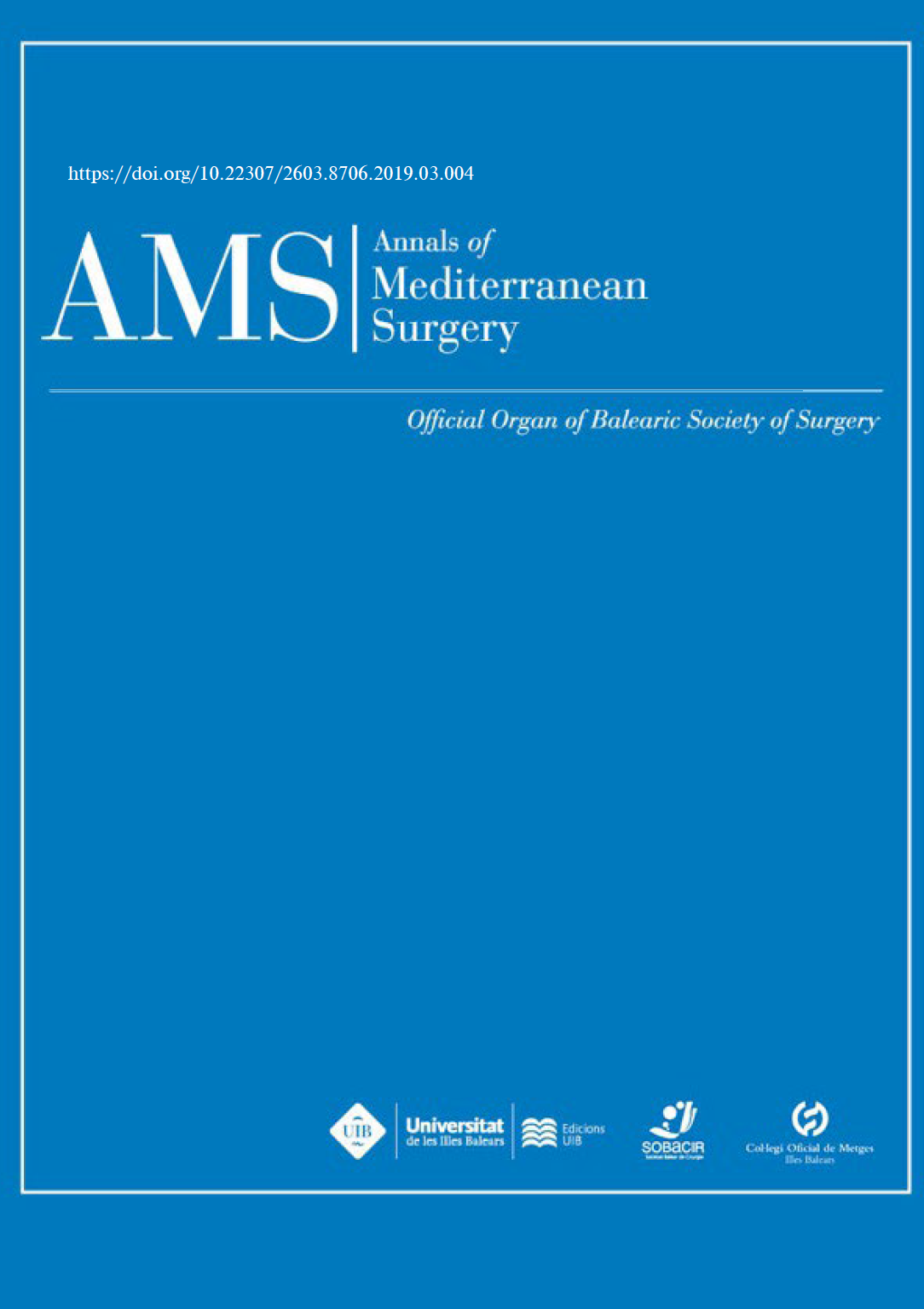NEUTROPHIL TO LYMPHOCYTE RATIO: A TESTICULAR CANCER DIAGNOSTIC TOOL
NEUTROPHIL TO LYMPHOCYTE RATIO: A TESTICULAR CANCER DIAGNOSTIC TOOL
Abstract
Introduction & objective:
Neutrophil to lymphocyte ratio (NLR) has been recently involved in multiple steps of cancer development, including its progression and prognosis. Our primary objective was to evaluate the NLR's potential diagnostic value in testicular cancer. Our secondary objectives were to describe its role in pre-orchiectomy staging and to set an optimal diagnostic cut-off value for our testicular cancer cohort.
Materials & methods:
We retrospectively reviewed 80 testicular cancer patients between January 2005 and December 2015. Age, histopathological features and NLR were recorded. The other 86 men were included in the study as a control group, and their NLR was calculated. Data were analyzed by means comparison, Pearson correlation coefficient, and ROC curve analysis. Sensibility and 1- specificity tables according to the minimum description length principle method was used to identify the optimal NLR cut-off value for testicular cancer diagnosis.
Results:
Testicular cancer patient's mean age was 33.75 (19-51) years and the control group's mean age was 33.15 (20-50) years. NLR was found significantly higher in the testicular cancer group (2.62 ± 1.56 vs. 1.37 ± 0.53; p<0.001). No correlation was observed between NLR and pre-orchiectomy AFP, hCG, and LDH (r-value: 0.08, 0.06 and 0.09, respectively). NLR was higher in patients with a stage ³ I (3.3 ± 1.39 vs. 2.28 ± 1.55; p= 0.014). The best NLR cut-off value for testicular cancer diagnosis was: 2.2 (sensibility: 76%, specificity: 70%, area under the curve: 0.802)
Conclusions:
The NLR could be a useful tool in the testicular cancer diagnosis because it
is higher in the testicular cancer group and patients with higher stages of the disease. The NLR's optimal diagnostic cut-off value for our cohort is 2.2.
Downloads
Downloads
Published
How to Cite
Issue
Section
License
The authors who publish in this journal accept the following conditions:
- The authors retain the copyright and give the magazine the right of the first publication, with the work registered with the Creative Commons Attribution License, which allows third parties to use what is published whenever they mention the authorship of the work already The first publication in this magazine.
- Authors may make other independent and additional contractual arrangements for non-exclusive distribution of the version of the article published in this journal (eg, include it in an institutional repository or publish it in a book) provided they clearly state that Work was first published in this journal.
- Authors are encouraged and encouraged to publish their work on the Internet (eg on institutional or personal pages) before and during the review and publication process, as it can lead to productive exchanges and greater and faster dissemination of the work. Published work (see The Effect of Open Access).



